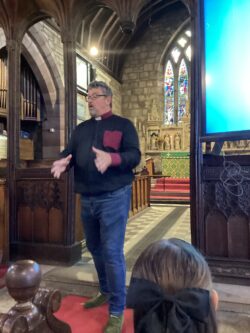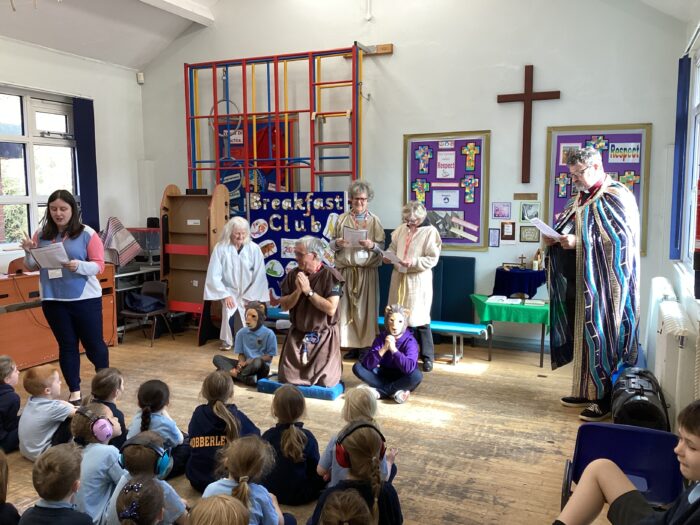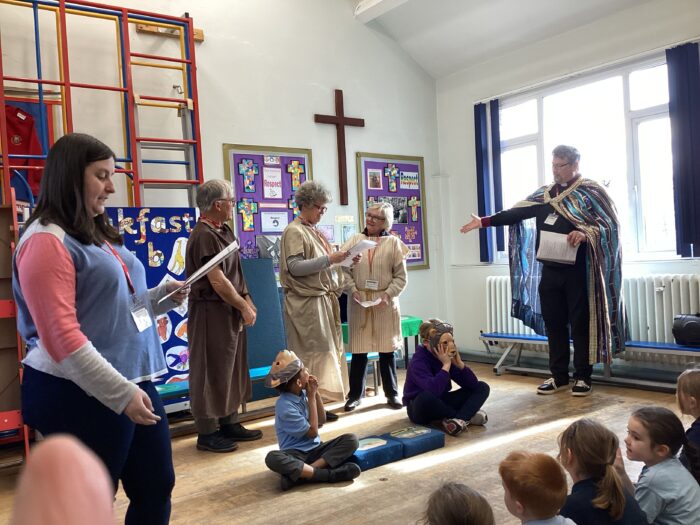Collective Worship
Collective Worship Policy 2024/2025: Collective Worship Policy
At Mobberley CE Primary School, our daily act of Collective Worship is an important part of the day when we gather as a school community to reflect, think and pray. It is a time when we think about our School Values and promote the spiritual, moral, social and cultural development of our children.
The 1988 Education Reform Act states that Collective Worship should be part of a broad and balanced curriculum which promotes the spiritual, moral, cultural, mental and physical development of pupils and society. In line with legal requirements we provide a daily act of Collective Worship for all registered pupils. However, we recognise that parents have legal right to withdraw their children from the Daily Act of Worship; a parent wishing to do so will need to make a written request to the Headteacher.
Our School Values:
 Our Link to St. Wilfrid’s Church
Our Link to St. Wilfrid’s Church
Each half term, children have the opportunity to attend a collective worship led by Father Ian in St. Wilfrid’s Church.
Friendship
We are starting the second half of the Summer Term by learning about the Christian Value of Friendship. Over the next half term we will be taking part in a number of ‘Friendship’ activities during Collective Worship and across the school.
The Bible has many sayings about friendship:
‘A friend loves at all times.’ (Proverbs 17:17)
‘if one falls down, a friend can lift him up’. (Ecclesiastes 4:10)
During Worship time we suggest a coloured cloth, appropriate to the season of the church year, is used to create the sacred space for worship. But which colour and when?
The church calendar is made up of seasons that follow the life of Jesus. The church year begins in late November or early December with Advent, a time of preparation for Jesus’ birth. In Christian churches one of four colours – purple, green, gold (or white) and red – referred to as ‘liturgical colours’, are used for altar linen, clergy robes and various hangings. The colour reflects the season, so that for instance in Advent purple is used, a colour of royalty because we are preparing to welcome the coming of a king. Purple is used again in Lent because it also symbolises suffering and pain.
At Christmas and Easter the colour changes to white or gold, both bright optimistic colours for festivals, times for joy and celebration. Between the festivals green cloths symbolise all living things, renewal and promise of new life. And finally, red is the colour of fire, used in churches to celebrate Pentecost and saints’ days.












